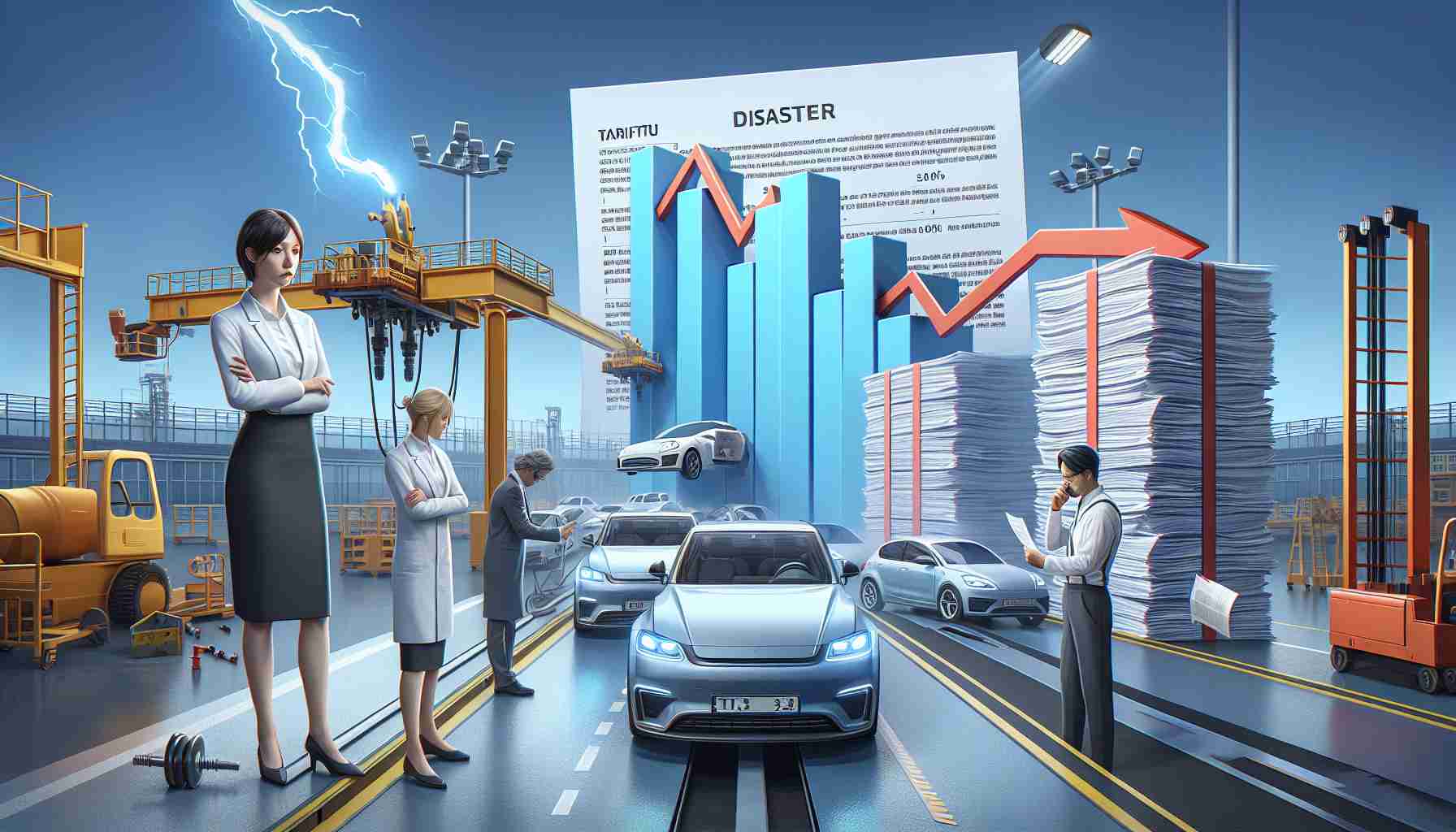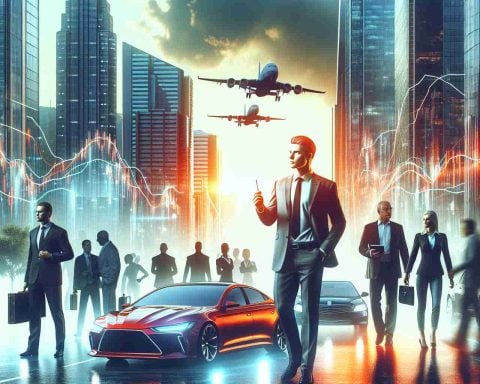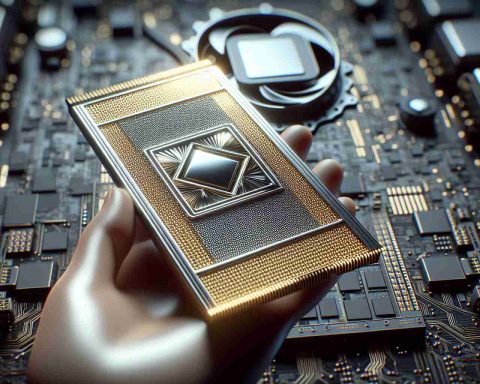- The EU’s tariffs on Chinese electric vehicles could significantly impact the automotive industry, resulting in potential job losses and production cuts.
- SEAT’s CUPRA Tavascan faces a 30.7% customs charge, making it less competitive in Europe compared to its price point in China.
- SEAT may cut approximately 1,500 jobs if tariffs remain unchanged beyond March.
- Spanish Prime Minister Pedro Sanchez is advocating for urgent action to mitigate negative effects on employment.
- The crisis underscores the unpredictable outcomes of protectionist measures, which can adversely impact the industries they intend to protect.
- European carmakers must quickly adapt their strategies to navigate regulatory challenges effectively.
The European Union’s steep tariffs on Chinese electric vehicles are creating a tempest that could ravage the continent’s automotive landscape. In a recent alarm bell, the CEO of SEAT, a Volkswagen subsidiary, expressed that if these tariffs remain unchanged by the end of March, the company might face dire consequences, including slashing production and laying off about 1,500 employees.
The CUPRA Tavascan, SEAT’s flagship electric model produced in China, now bears an overwhelming customs burden—an additional 30.7% cost due to a mix of import tariffs. This crippling financial hit obliterates its competitive edge, elevating the vehicle’s price in Europe to a staggering range of €50,000 to €60,000, compared to just about €22,000 to €43,000 in China.
Time is of the essence for SEAT. With the clock ticking down to its first-quarter deadline, discussions are underway with EU officials to seek a remedy. Spanish Prime Minister Pedro Sanchez has even stepped in, pressing for swift action to avert mass layoffs.
If the situation doesn’t improve, there’s a chilling ripple effect awaiting beyond the loss of jobs. Failure to adapt could lead to the halt of the Tavascan, which would only intensify the EU’s struggle with carbon penalties.
This crisis reveals the unintended consequences of protectionist policies, threatening the very industries they aim to shield. The ultimate takeaway? European carmakers face an uphill battle against their own regulatory frameworks if they don’t act swiftly to recalibrate their strategy.
Electric Vehicle Tariffs: The Storm That Could Change Europe’s Automotive Industry Forever
The European Union’s imposition of steep tariffs on Chinese electric vehicles (EVs) is igniting concerns over the future of the continent’s automotive landscape. This recent policy shift could have far-reaching effects on production, employment, and market competition, particularly for companies like SEAT, a subsidiary of Volkswagen.
The Financial Impact on SEAT
The CUPRA Tavascan, SEAT’s flagship electric model, now faces steep import tariffs that add a staggering 30.7% to its cost. This dramatic increase transforms the selling price in Europe to between €50,000 and €60,000, compared to a significantly lower price of €22,000 to €43,000 in China. This disconnect makes the vehicle less competitive in an already saturated market.
Key Recent Developments
– Call for Action: As the deadline looms, SEAT is in talks with EU officials to explore potential solutions. The urgency is heightened by direct involvement from Spanish Prime Minister Pedro Sanchez, who is advocating for a fast resolution to prevent potential job losses.
– Market Trends: The situation could force a greater emphasis on local production for EU automakers, potentially leading to a long-term shift in manufacturing strategies to avoid high tariffs on imported vehicles.
– Comparison with Global Markets: Other regions such as North America are also encouraging local EV production through incentives, setting a competitive precedent for European manufacturers.
Answering Key Questions
1. What are the potential job losses if tariffs remain?
If the current tariffs continue unabated, SEAT may be forced to reduce its workforce by approximately 1,500 employees. This directly relates to the viability of the CUPRA Tavascan given its inflated pricing in the European market.
2. How do these tariffs impact the broader EU automotive landscape?
Beyond SEAT, the tariffs could lead to a cascading effect where other manufacturers may struggle to remain competitive. Consequently, the EU could experience reduced innovation in EV technologies, a major driver for the shift towards sustainable transportation.
3. What actions are being considered by the EU to address these tariffs?
There could be measures ranging from tariff reductions to incentives for local production. The discussions are currently ongoing, with stakeholders pushing for a solution that balances protectionist measures with competitive market dynamics.
Additional Considerations
– Pros and Cons of Tariff Policies: While the intent behind imposing such tariffs is to protect local manufacturers, they can inadvertently harm the industry by leading to job losses and reduced consumer options.
– Innovations Amidst Challenges: In response to these challenges, European car manufacturers may look toward innovative strategies such as leveraging local supply chains or investing in domestic R&D to enhance product offerings and reduce import reliance.
– Sustainability Factors: The EU has a strong focus on sustainability, and this tariff situation highlights a critical juncture where economic policies must align with environmental goals to ensure a greener automotive future.
For more insights on the European automotive market, visit EU Portal.

















